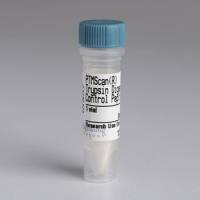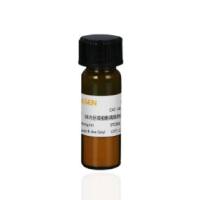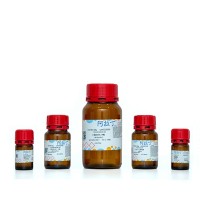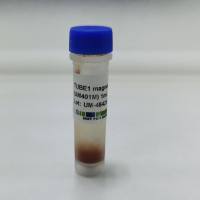Preparation and Use of Liposomes for the Study of Sphingolipid Segregation in Membrane Model Systems
互联网
489
Several investigations, carried out in either artificial or cellular models and using a variety of techniques (1
–3
), confirmed the prediction of Singer and Nicholson (4
) about the presence of domains in biological membranes, that is, of zones where the concentration of the components and the
physicochemical properties differ from the surrounding environment. Some domains have been better characterized in terms of
the morphological, compositional, and functional aspects. This is the case for caveolae, flask-shaped invaginations of the
plasma membrane, characteristically enriched in proteins of the caveolin family (5
). However, the techniques used to isolate caveolae, when applied to cells apparently lacking caveolin, lead to the isolation
of membrane fractions (caveolae-like) having characteristics in common with caveolae, such as their peculiar protein and lipid
composition (6
–9
). In fact, caveolae and caveolaelike domains are enriched with functionally related proteins, suggesting a role of these
domains in the mechanisms of signal transduction, cell adhesion, and lipid/protein sorting (6
). Among lipids, sphingolipids (namely glycolipids and sphingomyelin) and cholesterol are characteristically enriched. In
particular, GM1 ganglioside (10
) has been proposed as a marker for these membrane structures in cells where this glycolipid is expressed. The peculiar lipid
composition has suggested the involvement of glycolipid-enriched domains (“rafts”) in lipid/protein sorting at the trans-Golgi
network (TGN) level, and, in general, in all cell membranes (11
).







